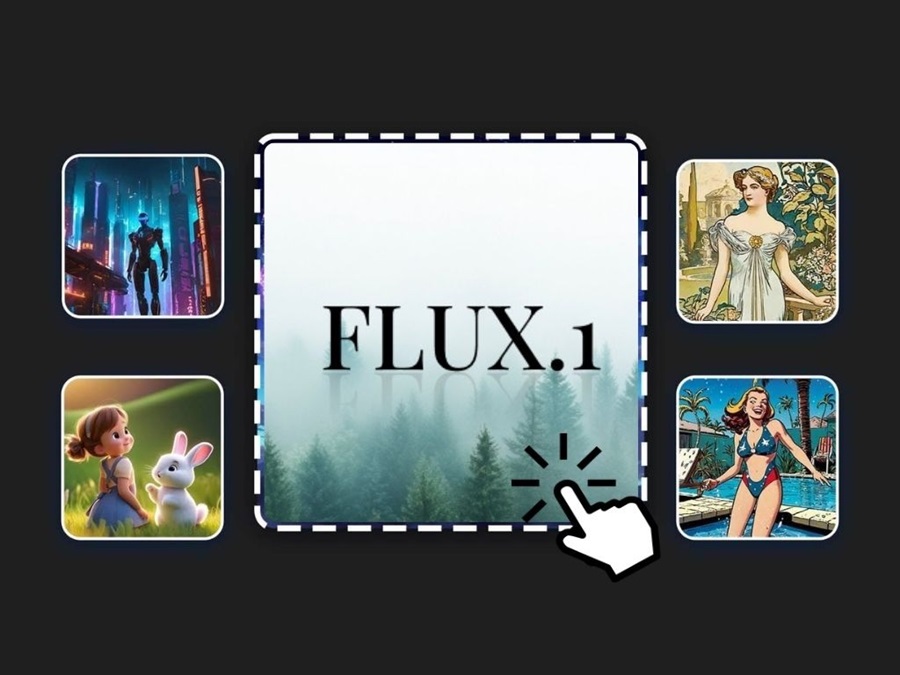A new open-source AI image generator is causing a buzz online. Launched in August by Black Forest Labs, Flux.1 is the latest innovation in the field.

Flux.1, a new AI-powered image generator, is creating a buzz on X (formerly Twitter). The platform’s latest images are making waves on social media, showcasing hyper-realistic human depictions that have caught the public’s eye. Unlike other AI image generators from companies like OpenAI, Microsoft, and Meta, Flux.1 stands out for its remarkable portrayal of human features, including skin texture, hair, and wrinkles, effectively addressing common issues such as unnatural or flawed traits.
What sets Flux.1 apart is its ability to generate ultra-realistic fake individuals without noticeable imperfections. This not only highlights the rapid progress in AI technology but also its increasing accessibility, as Flux.1 is an open-source model. This open nature allows more people to utilize its advanced capabilities.
Moreover, the viral Flux.1 images have undergone additional refinement through the Low-Rank Adaptation (LoRA) technique. This method optimizes and enhances the output of large language models, resulting in even more convincing and polished images.
To see the excitement for yourself, we created a few images using Flux.1 and found the results to be impressive. The image-to-text prompts are consistent with other AI generators, but Flux.1 seems to have learned from its predecessors and addressed previous shortcomings.
Launched on August 1, Flux.1 offers three versions: ‘Pro’ for commercial use with advanced features, ‘Dev’ for non-commercial purposes with open weights, and ‘Schnell’ (German for ‘fast’), a quicker version with open weights for a more efficient experience.
Developed by Black Forest Labs, an AI startup founded by former Stability AI researchers and engineers, Flux.1 has made significant strides in rendering realistic human hands and legs—an area where previous models struggled due to limitations in training data.
Currently, Flux.1 is available through a few platforms like Replicate and Hugging Face, which use a pay-per-generation model. Wider availability may be on the horizon as the technology continues to evolve.











